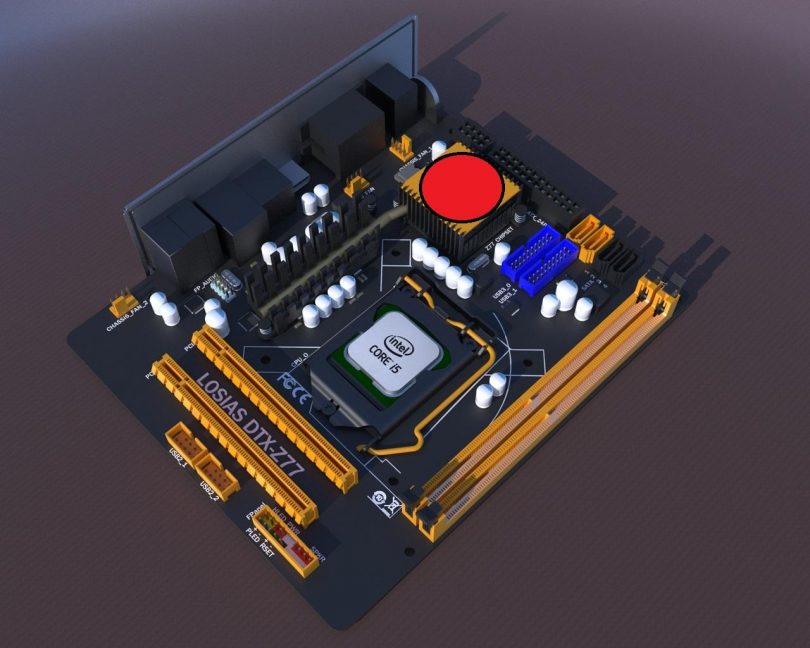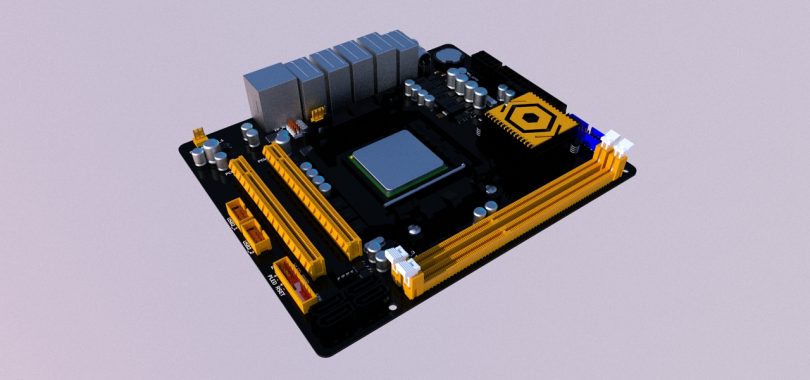Quite a few years ago, AMD launched the DTX (and by extension, the M-DTX) standard, aiming to reduce costs in motherboard manufacturing by more efficiently optimising the use of a standard sheet of PCB material. In doing so, they inadvertently created what I consider the ideal SFF board form factor – M-DTX. This form factor offers the best of the M-ATX and M-ITX formats, in a balanced design. M-DTX offers us the best of the expandable SFF world – not too big, but not too small. Leaving M-ATX in the dust, M-DTX would offer us the world in a little package. Alas, the manufacturers of motherboards haven’t come to the party…
[mks_separator style=”blank” height=”2″]
In Deeper
M-DTX in it’s physical form is considered to be 170mm x 203mm, and uses only the standard M-ITX mounting holes. However, the main advantage of M-DTX is the ability to fit two expansion slots on the board. This could be dual PCI, PCIe and PCI, or in a holy grail board, dual PCIEx16 slots. There are variants that are wider, a blend of M-DTX and DTX, an example being the ECS A960M-MV.
Most M-ITX cases produced nowadays by the large manufacturers, or by the indie developers, support a dual (or even triple) slot graphics card. Why is this important? Because M-DTX is a dual slot format. The cases are pre-built and ready to accept these boards, right from the factory, no modding required. All the hardware already exists, except the boards!
Imagine, just for a moment. You want to run SLI or Crossfire, watercool it, and have it as small as possible. M-ATX is your only option for this build type. You waste all the space between the cards, because the slots are generally not adjacent. Three way or four way SLI/Crossfire setups are considered to have diminishing returns, but you want extreme GPU performance. M-DTX would be your solution.
Imagine, again, a different scenario. You shelled out hundreds for an audiophile grade sound card and high performance graphics card. You desire the space efficiency of a SFF system, but without M-DTX, there isn’t a board suitable in a true SFF form factor. You’re stuck with an oversized M-ATX case, because cases that support this form factor, under 19L, are hard to come by.
[mks_separator style=”blank” height=”2″]
What’s possible?
The below renderings were created by myself some time ago, for a community project for the predecessor to Small Form Factor Network. The board took the form of what we, at the time, desired most from a motherboard. Dual PCIe x16 slots, enthusiast grade cooling, enthusiast grade power delivery. I designed the board for both Intel and AMD processors to show the world what was possible.
[mks_separator style=”blank” height=”2″]
Alas, the manufacturers I approached at the time were not interested in such a product. Although disheartened, I have held such a board dear since then. Waiting, wanting for someone to take it to production. Maybe soon?
[mks_separator style=”blank” height=”2″]
Is M-DTX the ideal form factor? Join the discussion here.


